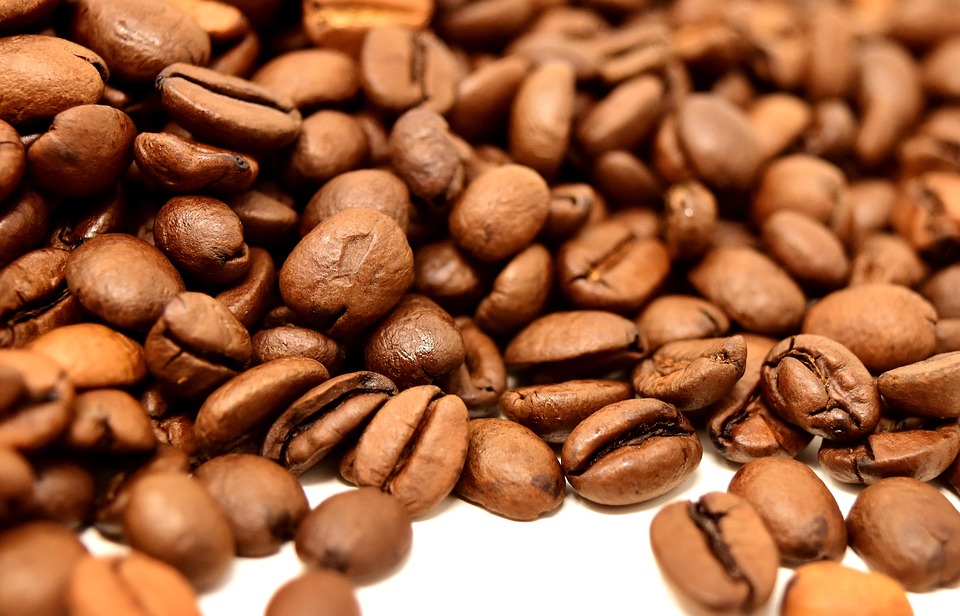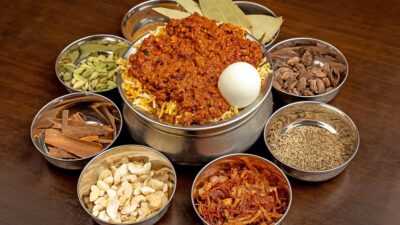Food photography has emerged as an art form, not just for chefs and culinary experts but for home cooks and social media enthusiasts alike. A well-captured image can tantalize the senses, evoke emotions, and even stir up longing for the dish. At the core of stunning food photography lie three fundamental elements: color, texture, and light. Together, they create a dynamic visual experience that draws the viewer in and makes them want to savor every bite.
The Power of Color
Color is the first aspect that can catch a viewer’s eye, and it plays a vital role in food photography. The psychology of color in food helps communicate flavors, freshness, and even temperature. Bright colors can signal freshness and vibrancy, while deep, muted tones can evoke comfort and indulgence.
-
Choosing the Right Palette: Understanding color theory can elevate food photography significantly. Complementary colors create visual interest and harmony; for instance, a vibrant green salad on a rustic wooden table can contrast beautifully with a warm, golden-brown baked dish in the background.
-
Enhanced Saturation: When capturing food, consider enhancing the saturation during editing to make colors pop. Fresh fruits and vegetables often benefit from a boost in vibrancy, making them appear more appealing.
- Color Trends: Stay aware of color trends that resonate with audiences. For instance, earthy tones and pastel colors have become more popular, particularly with the health-conscious crowd. Knowing what speaks to your target audience can guide your color choices.
Texture: The Mouthfeel Factor
Texture adds depth to food photography and tells the story of the dish. It invites the viewer to imagine the mouthfeel of the food, turning an image into a multisensory experience.
-
Layering and Composition: Use layering to showcase the different textures in your dish. A creamy sauce atop crunchy vegetables or a layer of crispy pastry enveloping soft filling can create a captivating visual narrative.
-
Close-ups: Zoom in on the food to highlight texture. The grainy surface of a loaf of bread, the velvety sheen of a chocolate cake, or the frothy bubbles in a freshly poured beer can all evoke sensory responses.
- Use of Props: Incorporate rustic, textured backgrounds or utensils to enhance the overall look and feel of the photograph. A well-placed linen napkin or a wooden cutting board can elevate a dish, creating contrasts that draw attention to various textures.
Light: The Shaper of Mood
Light is arguably the most crucial element in any type of photography, and food photography is no exception. A well-lit photo can bring a dish to life, while poor lighting can dull its vibrancy.
-
Natural Light: Whenever possible, use natural light for food photography. Soft, diffused sunlight, such as that obtained by shooting near a window or outdoors during golden hour, can make food look more appetizing. Avoid harsh shadows and bright overhead lighting that can wash out colors.
-
Artificial Lighting: If shooting indoors or at night, consider using softboxes or diffused lamps. The aim is to replicate natural light conditions as closely as possible. Positioning lights creatively can also highlight textures effectively.
- Experimenting with Angles: The direction of light can dramatically alter the mood of your photograph. Light coming from the side can create interesting shadows that enhance texture, while overhead light can flatten the image out. Play around with different angles to see what best captures the essence of your food.
Putting It All Together
Achieving the perfect food photograph is a matter of harmonizing color, texture, and light. Each element interacts with the others to create an inviting and enticing image. Here are a few tips for putting it all into practice:
-
Plan Your Composition: Take some time to consider the colors and textures in your dish before you start shooting. Think about how they will work together and the light conditions you’ll be shooting in.
-
Experiment and Adapt: Food photography is as much about creativity as it is about technique. Don’t be afraid to try new angles, adjust your lighting, and experiment with color combinations.
- Post-Processing: Editing can enhance the final product. Use tools like Adobe Lightroom or Photoshop to adjust colors, boost contrast, and sharpen textures, but don’t overdo it—aim for a natural look.
Conclusion
Color, texture, and light are the triad that makes food photography not only possible but also mesmerizing. By understanding and utilizing these elements effectively, photographers can capture images that do more than just represent food; they create an emotional connection that draws people into the culinary experience. Whether through a tantalizing Instagram post or a beautifully styled cookbook image, mastering these essentials will lead to stunning results that leave audiences hungry for more.



